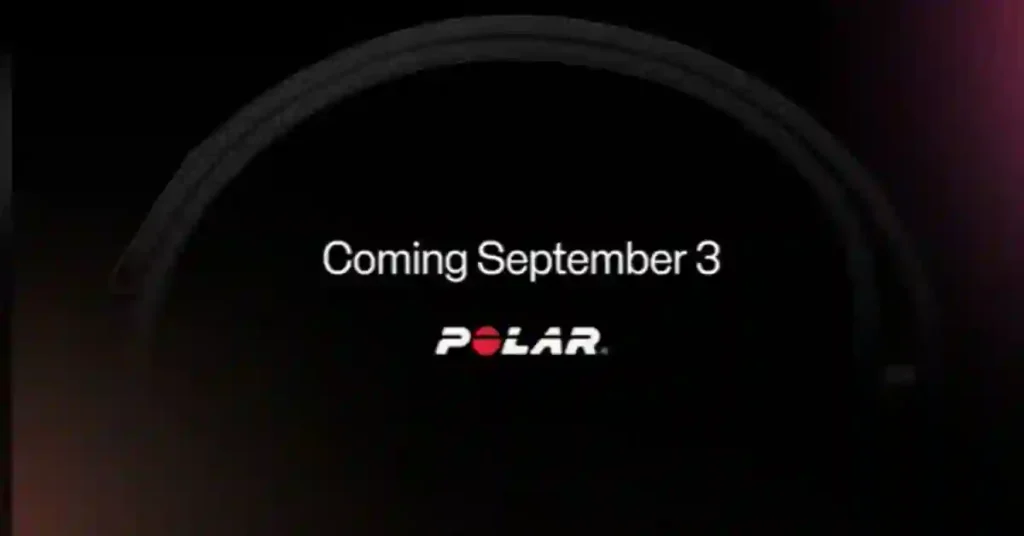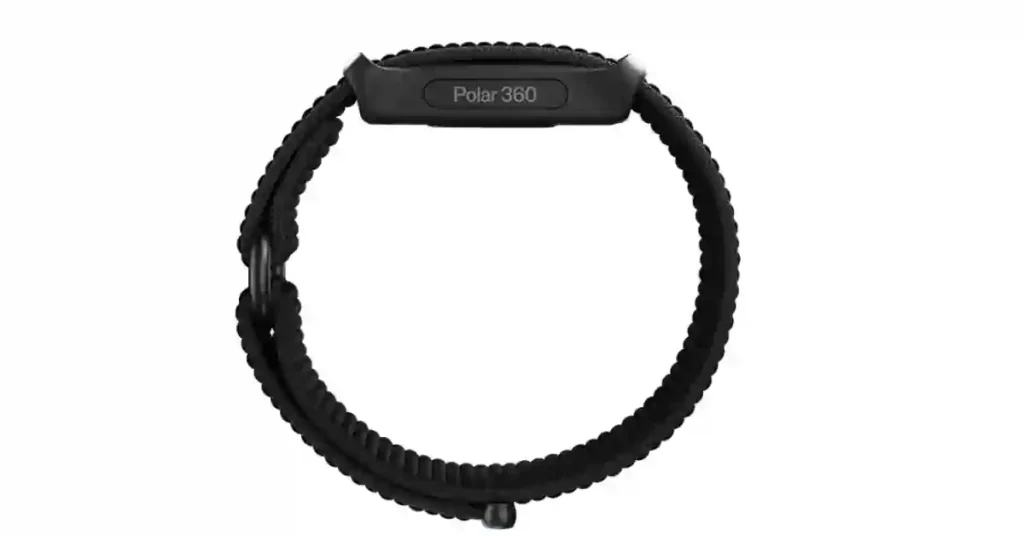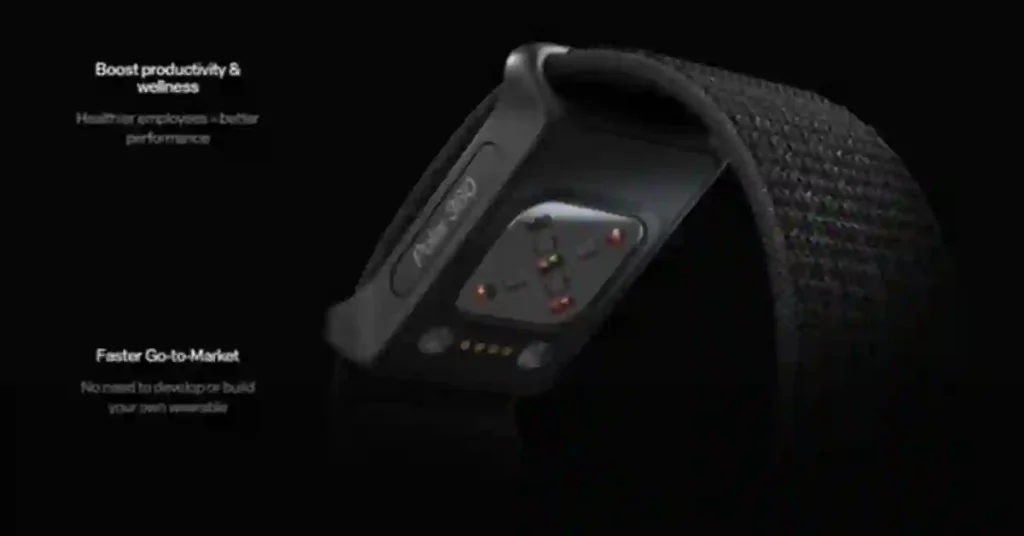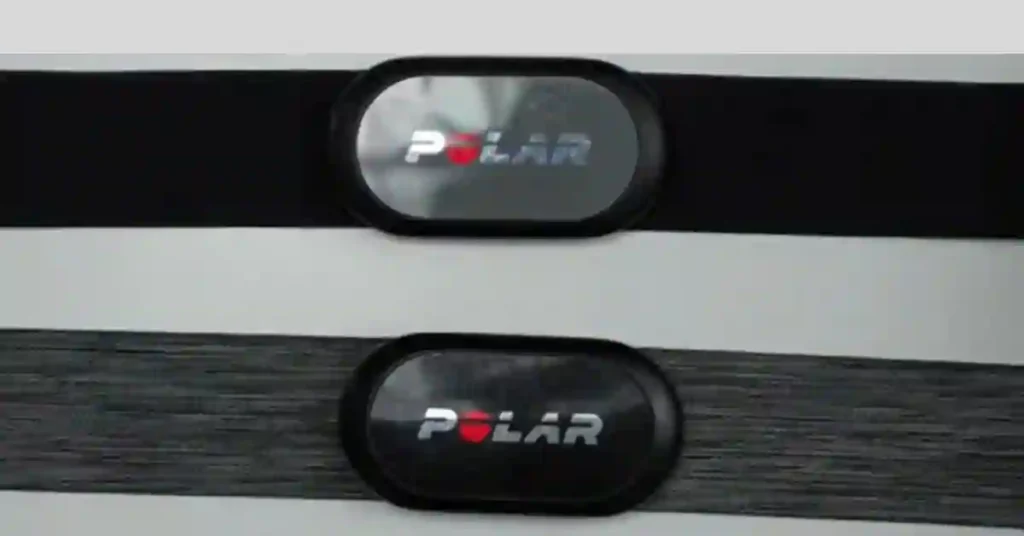In a world where wearables often feel more like tiny smartphones on your wrist, Polar is taking a bold step in a different direction.
Polar is well-known brands for its expertise in heart rate monitoring and training science, is gearing up to launch a screenless fitness tracker—and it just might be the alternative many health-focused users have been waiting for.
You’re not alone if you’ve ever felt overwhelmed by smartwatch notifications or just wanted to track your health without staring at a screen. And Polar seems to be listening.
A New Chapter for Polar — and Minimalist Fitness Tracking
This unnamed new Polar device strongly resembles a Whoop-style band: no screen, no flashy distractions—just pure health and fitness data.
It’s a move that speaks to a growing trend among athletes, casual fitness users, and even tech-weary professionals: the desire to unplug while staying informed about their physical well-being.
Polar’s announcement comes at an interesting moment. Whoop 5.0 has faced mixed reviews, particularly due to its steep subscription costs and questions about accuracy.
Meanwhile, a growing crowd of users is hunting for a subscription-free option that still delivers on performance—and it looks like Polar is ready to fill that gap.
What We Know So Far (and Why It Matters)

Polar has confirmed a September 3rd launch, and while full specs are still under wraps, they’ve shared a few key details:
- No screen – a true minimalist band
- Sleep and recovery tracking
- Daily movement and step tracking
- No subscription required
- Lightweight, fabric band design
This isn’t just about stripping things down. It’s about refocusing on what actually matters: health insights, not screen time.
As someone who’s tested everything from feature-rich smartwatches to stripped-back chest straps, I find this direction refreshing.
Sometimes, less really is more—especially when you’re trying to stay present in workouts or get better sleep without blue light buzzing on your wrist.
Is This Based on the Polar 360 Band?

Many signs point to this new product being based on the Polar 360 Band—a device originally developed for corporate wellness programs.
While not widely sold to individuals, it offered a powerful preview of what’s possible in a screenless tracker.
Here’s what the 360 brought to the table:
- Reliable heart rate monitoring
- Accelerometer for movement and steps
- Skin temperature tracking
- Heart rate variability (HRV) for recovery insights
The new band could be a consumer-ready version of that same tech—just with better polish, a sleeker design, and access to Polar’s consumer-grade training tools.
Sensor Quality: Can It Compete?

This is where things get really interesting. Polar is known for top-tier sensor accuracy, especially with external devices like the Verity Sense or its chest straps, which athletes and researchers alike trust.
If the new band adopts Precision Prime technology (as used in the Polar 360), users can expect better-than-average results for wrist-worn heart rate and HRV tracking.
That said, real-world testing will be essential. Wrist-based sensors always have limitations, but Polar’s expertise might give them an edge over newer competitors.
What About the Software Experience?
Great hardware only goes so far. It’s what you do with the data that makes a difference.
Polar’s ecosystem already includes several powerful tools that could pair beautifully with this band:
- Nightly Recharge – Tracks overnight recovery
- Sleep Plus Stages – Detailed sleep breakdown
- Training Load & Recovery Feedback – Insight into how your workouts are affecting your body
If these features are available in the new device without requiring a subscription or separate app, that’s a big win for users who want actionable insights without extra hoops.
One thing to watch: Will Polar allow the band to sync with third-party platforms like Strava or Apple Health? Or will it stay locked within Polar Flow?
Wearability and Comfort: The Missing Piece?

From the teaser, the band appears wrist-based with a soft, fabric strap—much like Whoop or the Amazfit Helio Hyrox Band. But will that be the only option?
Many users (myself included) often prefer wearing trackers on the upper arm or bicep for more accurate HR readings and less wrist interference.
If Polar includes or supports alternate placements, that could broaden the appeal and improve comfort, especially during sleep.
Polar screenless band Pricing & Subscription-Free Advantage
While pricing is still unknown, one major selling point is already clear: no subscription is required.
That alone separates it from Whoop, which requires a monthly fee just to access your own data. Polar’s move here reflects a more user-respecting philosophy—you buy the device, and the features are yours.
Other players like Amazfit, and Garmin are trying similar things, but the field is still small. Here’s a quick comparison:
| Feature | Polar New Band | Whoop 5.0 | Amazfit Helio Hyrox |
|---|---|---|---|
| Screen | ❌ No | ❌ No | ❌ No |
| Subscription Required | ✅ No | ❌ Yes | ✅ No |
| Heart Rate Sensor Tech | ✅ Precision Prime? | ❓ Not specified | ❓ Not specified |
| Recovery & Sleep Tracking | ✅ Yes | ✅ Yes | ✅ Yes |
| Public Availability | 🔜 Sept 3 | ✅ Available | ❌ Not Yet |
This emerging category—screenless, science-backed, no-subscription wearables—is one to watch.
Final Thoughts: A Promising Return to Purpose
This new Polar screenless band is shaping up to be a thoughtfully designed product for people who want real fitness insights without the clutter. It’s not trying to be a smartwatch, and that’s exactly why it might succeed.
For those of us who care about training quality, recovery, and sleep—not checking messages or scrolling through data mid-run—this kind of product feels like a breath of fresh air.
As we wait for the full reveal on September 3rd, one thing’s clear: Polar is going back to its roots—science, precision, and performance.
If this post helped you understand what’s coming from Polar, consider subscribing or enabling notifications for more updates.
Also See:-
